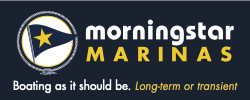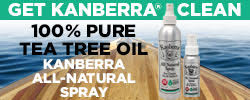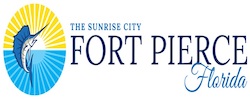Information on ELCI Devices
Hello all,
and sorry if you are no longer interested in this info, let me know. Our marina has just implemented the much discussed ELCI electrical leakage circuit monitors with a 30 mA leakage trip point. This has caused cursing and screaming and hair tearing at our marina like you would not believe. Jim Healy has written a lot as well on this subject and is bang on. Maybe you are already ahead of me, if so I apologize.
One thing that has become apparent is that they truly will not allow a boat to have power with any on-board connection between the green safety ground and the neutral white wires of the shore-power system. This I know as my boat immediately popped the ELCI. It took me longer than I want to admit to find the issue. So, I am sharing what I found just in case you also run into the problem.
As you all know, there is a nice little “room for rent” under your lower helm station, and on the forward “wall” there is the buss bars and terminal strips for the wiring (at least on my 1984 model). There is a buss bar about central to the “wall” running vertical, and on it you will find both green wires (safety ground) and white wires and also the large welding cable sized wires from the battery negatives. All very neat, but co-mingling the AC neutrals (white) and the green grounds is a no-no for ELCI supplied power. The solution was pretty simple once found, and that was to simply move all the white wires to a separate new buss bar. Fortunately they were all pretty much together near the bottom of the buss, and I was able to mount a terminal strip (with all sections jumpered together to create a buss) and move the white wires there without the need to splice extensions on. Lo and behold, no more problems.
Hope that you don’t need to do what I did, but I suspect that Marine Trader and most other boats of that era considered that neutral and ground were the same voltage so “what the heck, ground them both”. They did so neatly and well, however despite 32 years of faithful service with no current going into the water, this no-no cropped up its ugly head.
Cheers,
Ken Bloomfield.











Be the first to comment!